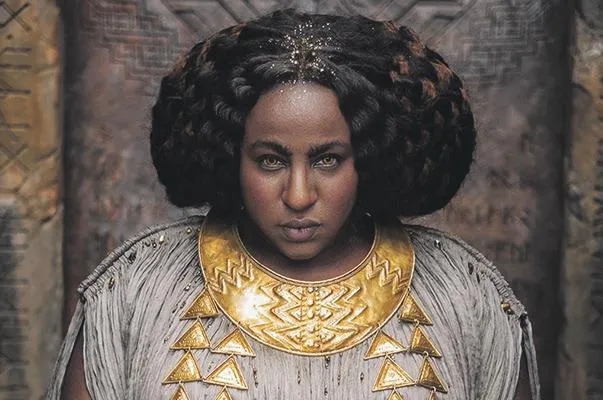Two very different events this past month have led me to reflect on the continuing relevance of moral philosopher Alasdair MacIntyre’s prophetic work After Virtue (Duckworth, 1981).
MacIntyre explains how the West has moved from a culture based around the practice of virtues, to one in which moral judgments are merely expressions of personal feelings and attitudes, often used to produce similar feelings in others. Nowhere has this change been more demonstrated than in the death of her late Majesty Queen Elizabeth II.
As the Queen’s 96-year life was reviewed on TV and in print, what became abundantly clear is that she was a woman of virtue. The virtues, as MacIntyre defines them, are those dispositions which enable us to overcome the harms, dangers, temptations and distractions we encounter, and flourish in our understanding and practice of what is truly good. The path of virtue is not just about reaching a goal but about how we live moment-by-moment in a broken world.








Can you inherit faith?
We greatly appreciate the blessing of being brought up in a Christian home, but does this guarantee children from Christian …